Herbal Learning
You need to know this superfood! Explore the Healing Benefits of Calendula!
I love flowers. This shouldn’t come as a surprise to anyone. Flowers are glorious to behold. They smell good, and attract and feed a multitude of beautiful and beneficial animals. There’s just something renewing to the spirit to have a yard full of flowers with butterflies and bees and hummingbirds going about their business amongst a kaleidoscope of colors.
Now, as you sit back and imagine yourself in the midst of such an idyllic scene, your thoughts probably aren’t “so…which of these can I eat?” But, being the vegetable-obsessed lunatic that I am, that is exactly the question I wanted to ask. My attention was drawn to the bright and beautiful blossom of Calendula officinalis, commonly known as Calendula or the pot marigold. I dug into the research and found that not only is this plant quite nutritious, but may also be a useful dietary addition to combat insulin resistance.
Most think Calendula originated somewhere in Europe, most likely the southern part of that continent. However, it is now so widespread that pinpointing the exact origin is difficult. While this is all very stimulating to taxonomists and evolutionary biologists, all this means is regardless of where you are at the moment, you have something new to help diversify your wildcrafted salad bar. Most people think of it as a skin herb, and there are good reasons for that. Clinical trials provide evidence that topical Calendula may help with a wide array of conditions including cuts and scrapes1-2, diaper rash3, and yeast infections4.
Now, when you’re busy packing a gash with plant material (Poultice), you’re probably not entertaining notions about how it will fit into your next gourmet masterpiece, and maybe that’s why the culinary uses get so little attention. The term “pot marigold” is a reference to this; traditionally the blossoms were clipped and tossed right into the pot as part of the next soup or stew. They’re not only appetizing but nutritious; the full flower is a respectable source of protein, soluble and insoluble fiber5, vitamin A6, and a swath of minerals including potassium, calcium, magnesium, and iron7. Couple this with the slightly sweet, tangy and peppery flavor, and for most you have reason enough to add this to your diet.
Before I move on, I want to mention the leaves. The leaves of Calendula get next to no attention, with just about every study I read using the flower. You’ll sometimes hear that the leaves are edible but they don’t usually recommend it, describing the taste as bitter and similar to dandelion greens. This, however, hasn’t been my experience. I’ve found the flavor to be very mild and almost basil-like, with only the slightest hint of bitterness towards the end. I could have just followed suit and focused on the flowers for my article, but calendula greens are delicious and if you decide to grow some, there will be plenty to go around. Waste not want not.
Now, we wouldn’t be The HomeGrown Herbalist School of Botanical Medicine if we didn’t talk somewhat about medical applications. In keeping with my belief that real food is medicine, I looked to see what I could find when it comes to calendula’s effects on insulin resistance and resulting syndromes–a significant contributor to the majority of modern health challenges8. Here’s a brief summary of my findings:
- Rats fed Calendula with a meal rich in sugars and other refined carbohydrates had lower spikes in their blood glucose following a meal–it was even able to reduce the bump from a strait shot of glucose9.
- Type 2 diabetes is tough on all the organs, and the kidneys are no exception. It’s enough of a problem that diabetic nephropathy is the leading cause of chronic kidney disease in the United States. Calendula given to diabetic rats appeared to have a protective or restorative effect on the kidneys10.
- Memory problems and other such brain issues are typical of type 2 diabetes11-12. Giving calendula to mice cognitively challenged by diabetes not only lost weight and had lower fasting blood glucose, but had some improvements in their memory13.
How this all works isn’t completely known. These studies and others suggest that Calendula has both antioxidative14 and antiinflammatory15 effects, properties that could come into play when treating the issues we’ve discussed.
Last bit of good news regarding Calendula is that it’s everywhere and easy to grow. They are not fussy about soil and require only water and some sun to thrive and reproduce with gusto. In the words of our own Dr. Jones, “These delightful, self-seeding annuals are completely obsessed with sex and reproduce enthusiastically 16.”
Once you have your Calendula, how you take it is a matter of personal preference; numerous forms of the plant were used in these studies and showed evidence of benefit. It is not safe to take during pregnancy and, like most herbs, shouldn’t be combined with pharmaceuticals without consulting your doctor. Otherwise, it has a wide margin of safety.
What have your experiences been? What questions do you have that we could address? Either way, leave it in a comment below; we’d love to hear from you.
Want to learn more about Calendula? We invite you to join the HomeGrown Herbalist School of Botanical Medicine. Uses of Calendula for various issues are discussed at length in our comprehensive lessons covering body systems, illnesses, and herbal interventions. You can also dive deeper into its properties and uses with its detailed monograph in the individual plants section. Join today and let’s explore the wonders of herbs together!
-Dr. Rose
▼ Click here to show references
1–Giostri, G. S., Novak, E. M., Buzzi, M., & Guarita-Souza, L. C. (2022). Treatment of acute wounds in hand with Calendula officinalis L.: A randomized trial. Tissue barriers, 10(3), 1994822. https://doi.org/10.1080/21688370.2021.1994822
3–De Angelis, C., Di Stadio, A., Vitale, S., Saccone, G., Angelis, M. C., Zizolfi, B., & Di Spiezio Sardo, A. (2022). Use of calendula ointment after episiotomy: a randomized clinical trial. The journal of maternal-fetal & neonatal medicine : the official journal of the European Association of Perinatal Medicine, the Federation of Asia and Oceania Perinatal Societies, the International Society of Perinatal Obstetricians, 35(10), 1860–1864. https://doi.org/10.1080/14767058.2020.1770219
3–Panahi, Y., Sharif, M. R., Sharif, A., Beiraghdar, F., Zahiri, Z., Amirchoopani, G., Marzony, E. T., & Sahebkar, A. (2012). A randomized comparative trial on the therapeutic efficacy of topical aloe vera and Calendula officinalis on diaper dermatitis in children. TheScientificWorldJournal, 2012, 810234. https://doi.org/10.1100/2012/810234
4–Saffari, E., Mohammad-Alizadeh-Charandabi, S., Adibpour, M., Mirghafourvand, M., & Javadzadeh, Y. (2017). Comparing the effects of Calendula officinalis and clotrimazole on vaginal Candidiasis: A randomized controlled trial. Women & health, 57(10), 1145–1160. https://doi.org/10.1080/03630242.2016.1263272
5–Jakubczyk, K., Koprowska, K., Gottschling, A., & Janda-Milczarek, K. (2022). Edible Flowers as a Source of Dietary Fibre (Total, Insoluble and Soluble) as a Potential Athlete's Dietary Supplement. Nutrients, 14(12), 2470. https://doi.org/10.3390/nu14122470
6–Sausserde, R., & Kampuss, K. (2014, May). Composition of carotenoids in calendula (Calendula officinalis L.) flowers. In Proceedings of the 9th Baltic Conference on Food Science and Technology “Food for Consumer Well-Being”, Jelgava, Latvia (pp. 13-18).
7–Mlcek, J., Plaskova, A., Jurikova, T., Sochor, J., Baron, M., & Ercisli, S. (2021). Chemical, Nutritional and Sensory Characteristics of Six Ornamental Edible Flowers Species. Foods (Basel, Switzerland), 10(9), 2053. https://doi.org/10.3390/foods10092053
8–Bikman, B. (2020). Why We Get Sick: The Hidden Epidemic at the Root of Most Chronic Disease--and how to Fight it. BenBella Books.
9–Yoshikawa, M., Murakami, T., Kishi, A., Kageura, T., & Matsuda, H. (2001). Medicinal flowers. III. Marigold. (1): hypoglycemic, gastric emptying inhibitory, and gastroprotective principles and new oleanane-type triterpene oligoglycosides, calendasaponins A, B, C, and D, from Egyptian Calendula officinalis. Chemical & pharmaceutical bulletin, 49(7), 863–870. https://doi.org/10.1248/cpb.49.863
10–Verma, P. K., Raina, R., Sultana, M., & Singh, M. (2016). Modulatory effect of Calendula officinalis on altered antioxidant status and renal parameters in diabetic rats. Pharmaceutical and Biomedical Research, 2(4), 52-64.
11–Borovcanin, M. M., Vesic, K., Petrovic, I., Jovanovic, I. P., & Mijailović, N. R. (2023). Diabetes mellitus type 2 as an underlying, comorbid or consequent state of mental disorders. World journal of diabetes, 14(5), 481–493. https://doi.org/10.4239/wjd.v14.i5.481
12–Kim, A. B., & Arvanitakis, Z. (2023). Insulin resistance, cognition, and Alzheimer disease. Obesity (Silver Spring, Md.), 31(6), 1486–1498. https://doi.org/10.1002/oby.23761
13–Moradkhani, S., Salehi, I., Abdolmaleki, S., & Komaki, A. (2015). Effect of Calendula officinalis hydroalcoholic extract on passive avoidance learning and memory in streptozotocin-induced diabetic rats. Ancient science of life, 34(3), 156–161. https://doi.org/10.4103/0257-7941.157160
14–Frankic, T., Salobir, K., & Salobir, J. (2009). The comparison of in vivo antigenotoxic and antioxidative capacity of two propylene glycol extracts of Calendula officinalis (marigold) and vitamin E in young growing pigs. Journal of animal physiology and animal nutrition, 93(6), 688–694. https://doi.org/10.1111/j.1439-0396.2008.00855.x
15–Jurca, T., Józsa, L., Suciu, R., Pallag, A., Marian, E., Bácskay, I., Mureșan, M., Stan, R. L., Cevei, M., Cioară, F., Vicaș, L., & Fehér, P. (2020). Formulation of Topical Dosage Forms Containing Synthetic and Natural Anti-Inflammatory Agents for the Treatment of Rheumatoid Arthritis. Molecules (Basel, Switzerland), 26(1), 24. https://doi.org/10.3390/molecules26010024
16–Jones, PJ. (2014). The HomeGrown Herbalist (Jones, LB). (1st Edition)



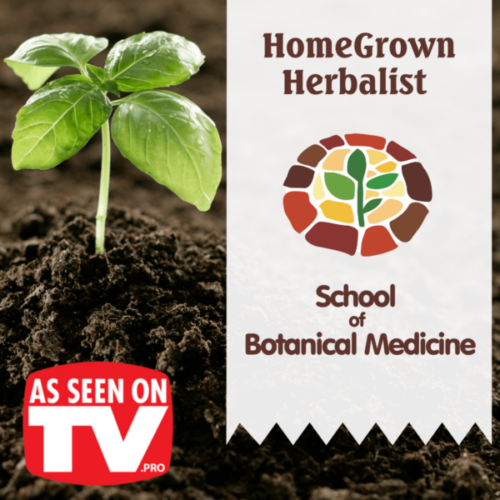
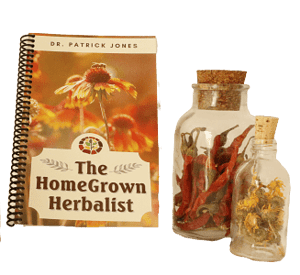

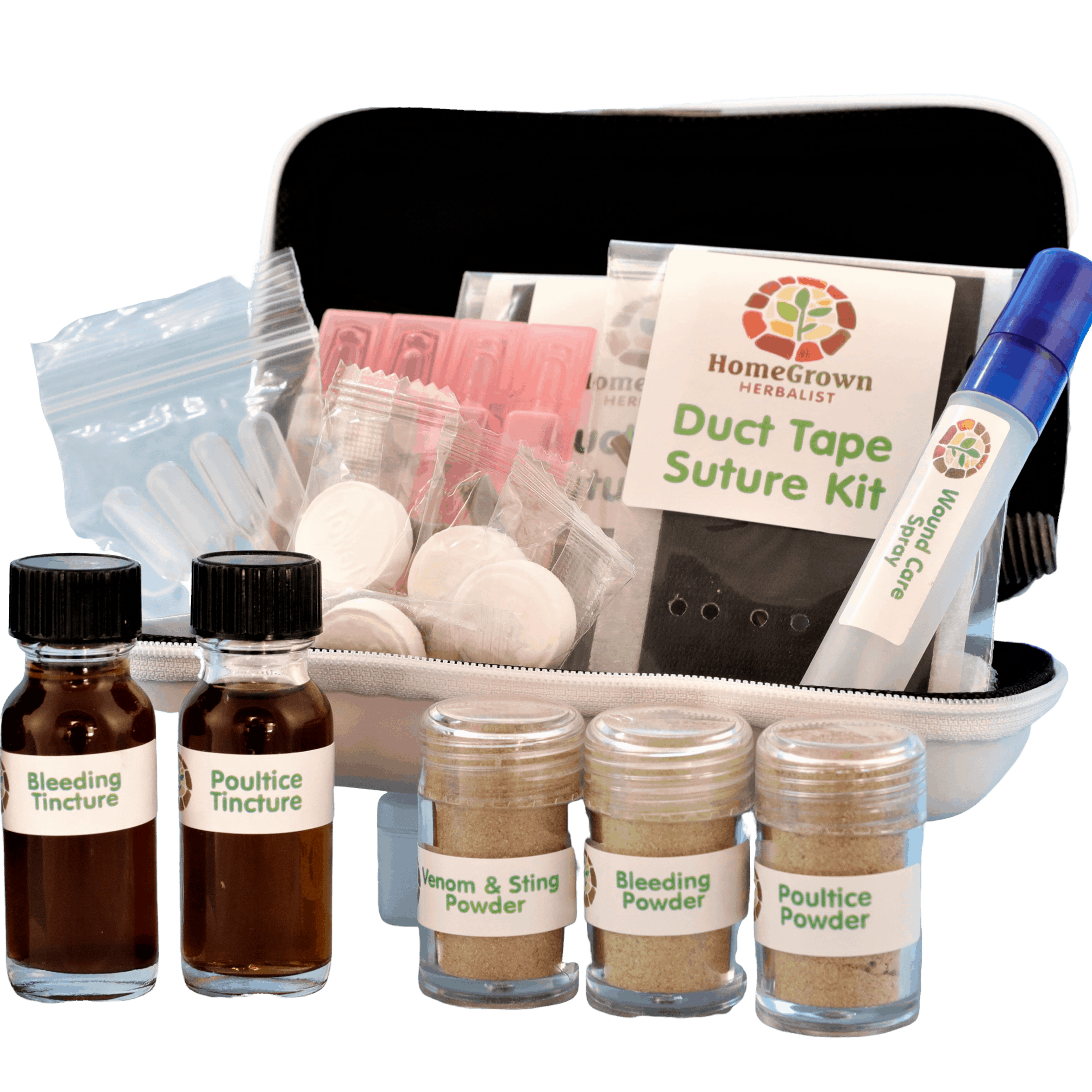
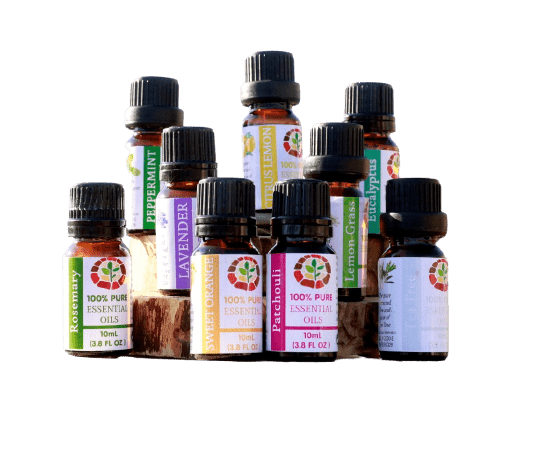
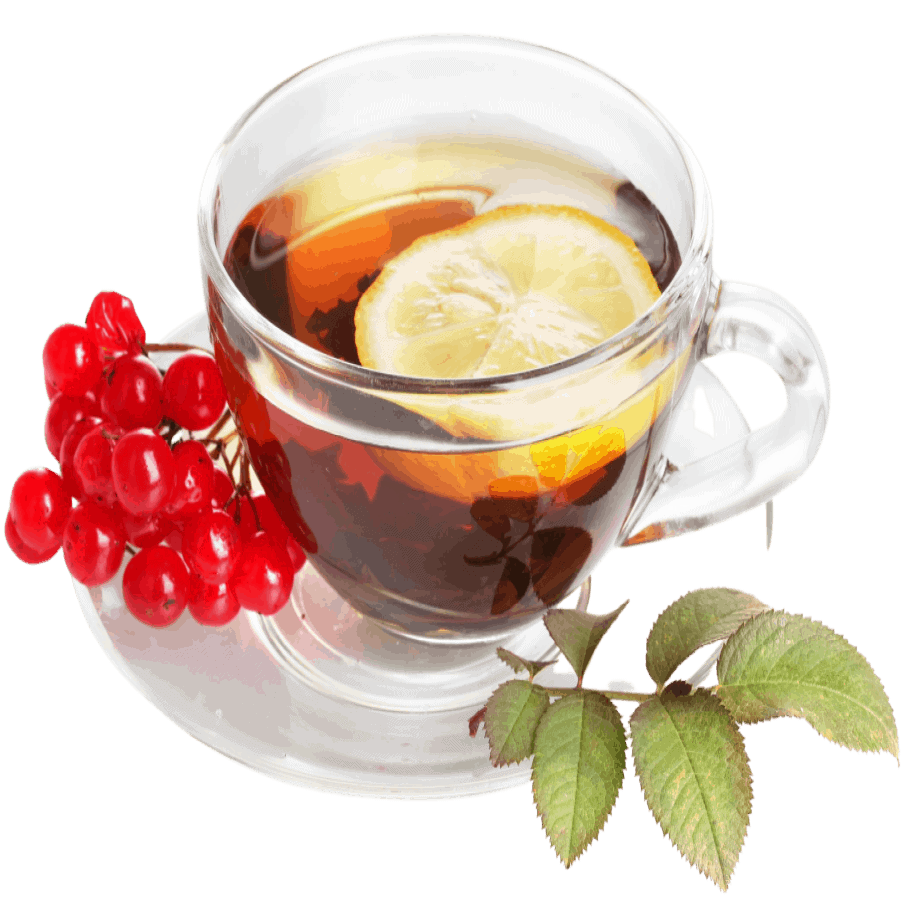
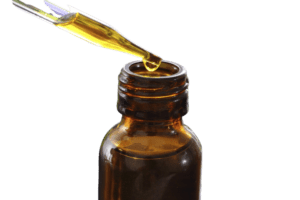
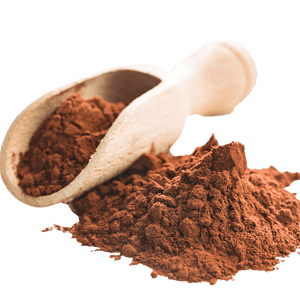
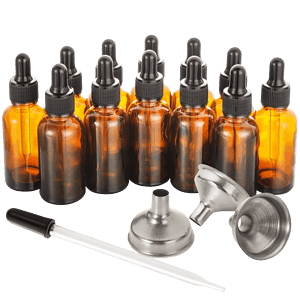
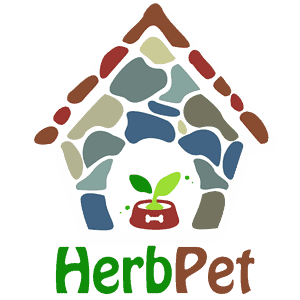

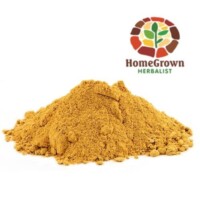

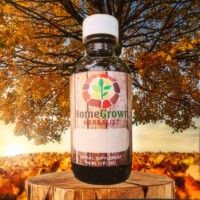
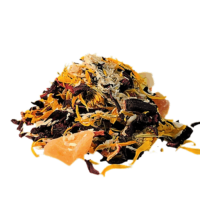
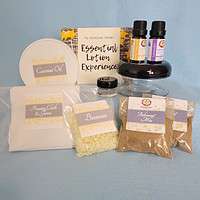
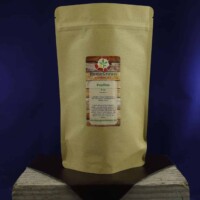
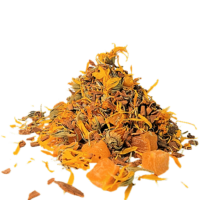
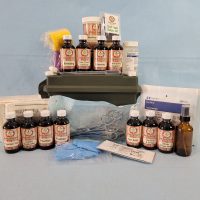

Love calendula, grow it (it prefers sun and not dampness, as it is suspectible to powdery mildew) Had two young horses come down with Patomic fever last fall and after they went through the vet stuff, they still looked horrible (like a C.M.Russell painting of horses starving in the middle of winter). On a whim I offered them calendula flowers and they scarfed them up. When they were gone, we moved up to dandelion flowers, which they also scarfed up. They are both well and feeling good now!
Years ago, a neighbor was surprised when I told her calendula will keep flowering after frost, but it really does. It seems fragile, and like it wouldn’t, but it just keeps going. The seeds are easy to harvest for planting in other places. I like the variety of colors (yellows and oranges) and petal styles (singles and doubles). A very pretty plant which I have been harvesting for years, although I haven’t always used what I harvest. I admit that a couple weeks ago, I discovered stashes from the past several years. I think the chickens will get them. I should start adding my 2023 harvest to my meals. 🙂
Is it safe to take internally while nursing or avoid that as well as pregnancy? Thanks!
There’s no data establishing safety during breastfeeding; until that becomes available I’d recommend avoiding it while nursing.
-Dr. Rose
Many years ago I sold two goats to a man that wanted to have fresh goat milk. Quite a while afterwards the goats developed something wrong with their udders. They looked terrible! Sort of like bumpy scales all over with much discoloration. I had no idea what to do, but, had some homemade calendula oil on hand. I used the whole quart of that oil on those two goat’s udders. The next day or very soon after, the discoloration was completely gone. The udders had no more bumps on them. They looked amazingly well. I had no clue as to what I was doing back then. But that left quite an impression on me.
I must be the worst gardener in the world because I had a terrible time getting my calendula seeds to grow. I had a few come up and bloom but the blooms were small and the seeds were TINY. I left the seeds in the pot they were in but I doubt they will reproduce. I’ll try again this year. Thanks for the article Dr. Rose!
Hello, I have grown both the single and multi petal calendula. I prefer the single petal because it is harder for bugs to hide in them. 🙂
I hadn’t considered that. I have been quite annoyed how many bug are in the blooms. Tiny yellow ones that bite. That’s interesting, thanks for the tip!
Great article Dr. Rose ! Calendula has become one of my favorite summer flowers along with Nasturtiums . I love to sprinkle the petals on my salads there tasty and beautiful!
Do the seeds have medicinal benefits?
My hubby (a young 50yrs) love to motorcross race (amateur) and this time, when he fell off and got hurt, I gave him Calendula, Echinacea, Ginger, Burdock, and Licorice … he LOVED it. He said he felt so much better … pain, discomfort, inflammation. He swears by it now; it’s His Tea by name. Uses it in evening when he is run down, sore, needing some internal support. What was I thinking when I made it? Reduce inflammation, support repair of cartlige, calm pain internally and flush out toxins from a hard work out on the track … Lord knows that he just goes at it hard so his body was thankful for the support 🙂
If added to soups, does it matter when you add them? Does the heat of the soup effect properties of Calendula?
Thank you for the information. I have received my seeds and will plant them in a sunny area.
Loved reading the comments and looking forward to growing flowers/herbs in my little Alaskan garden soon!
Hello out there I’m 87 years young. I was raised in, the middle of no where. we raised and canned what we produced. we had feathered friends that provided eggs and meat. WE also had milk cows and goats, a few sheep so my mom could spin her yarn etc.
Everyday was an adventure. I am striving everyday to get back to nature for my health needs.